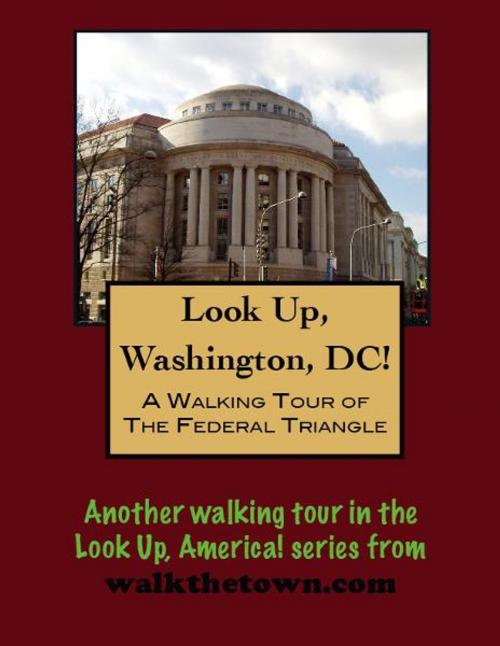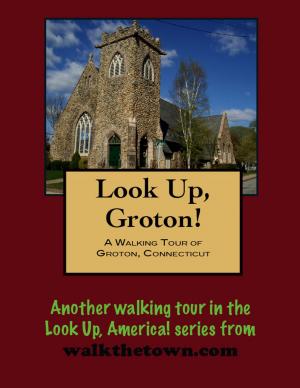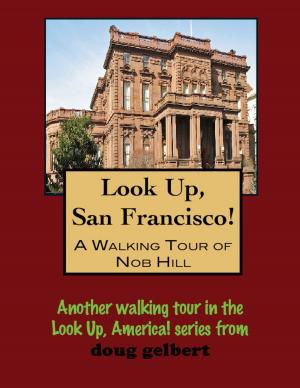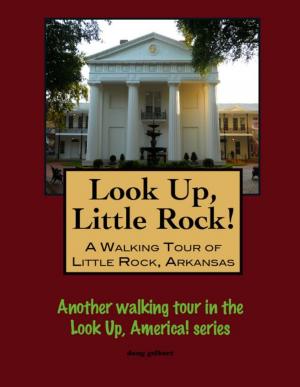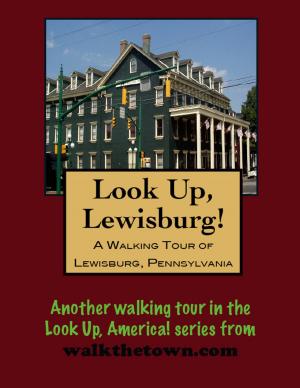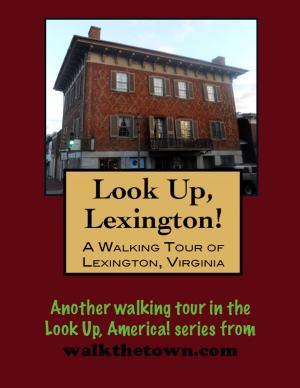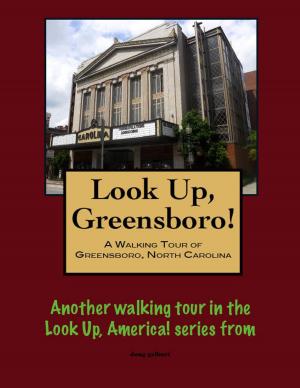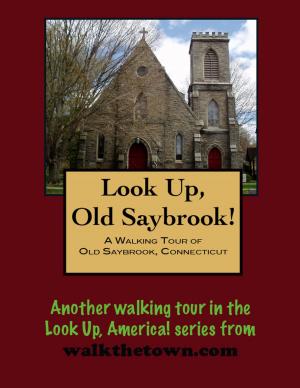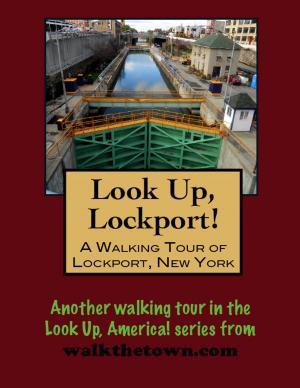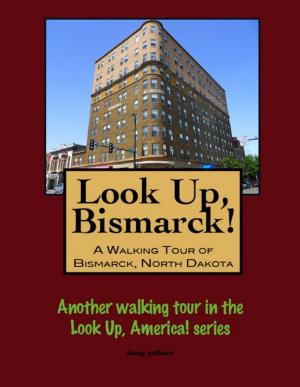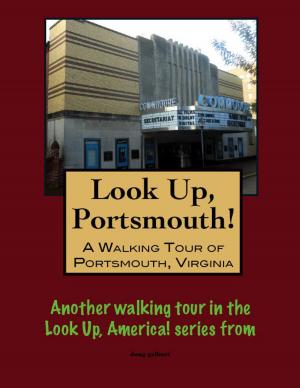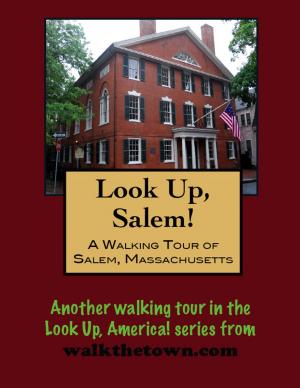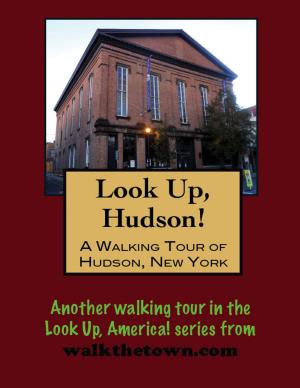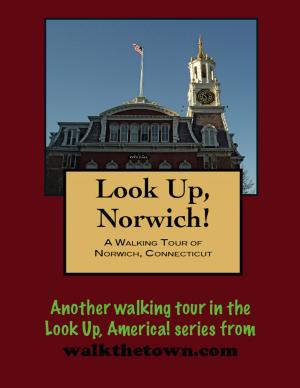| Author: | Doug Gelbert | ISBN: | 9781452307541 |
| Publisher: | Doug Gelbert | Publication: | January 11, 2010 |
| Imprint: | Smashwords Edition | Language: | English |
| Author: | Doug Gelbert |
| ISBN: | 9781452307541 |
| Publisher: | Doug Gelbert |
| Publication: | January 11, 2010 |
| Imprint: | Smashwords Edition |
| Language: | English |
There is no better way to see America than on foot. And there is no better way to appreciate what you are looking at than with a walking tour. Whether you are preparing for a road trip or just out to look at your own town in a new way.
Each walking tour describes historical and architectural landmarks and provides pictures to help out when those pesky street addresses are missing. Every tour also includes a quick primer on identifying architectural styles seen on American streets.
In the 1900s, as the American government grew well beyond the imagination of the Founding Fathers, it became necessary to leave private offices and find permanent homes for government workers. It was decided to fill the space created between Constitution Avenue and Pennsylvania Avenue as the two thoroughfares fanned out to the west from their meeting point at 6th Street with a unified group of important and prominent Federal office buildings.
The 1926 Public Buildings Act, which permitted the Government to hire private architects for the design of Federal buildings, heralded the beginning of the country’s largest public buildings construction program. Among the most significant early projects generated under the new legislation was the development of a 70-acre site (now known as the Federal Triangle) between the Capitol and the White House. U.S. Secretary of the Treasury Andrew W. Mellon and a distinguished Board of Architectural Consultants, headed by Edward H. Bennett of the Chicago architectural firm of Bennett, Parsons, and Frost, developed design guidelines for the site.
Under Bennett’s direction, each member of the Board of Architectural Consultants designed one of the buildings in the Federal Triangle complex. The goal of the project was to provide each Government agency or bureau with a building that would address its functional needs, while combining the individual buildings into a harmonious, monumental overall design expressive of the dignity and authority of the Federal Government. Limestone facades, red-tile hipped roof, and classically inspired colonnades are common features of the Federal Triangle buildings that march down Constitution Avenue.
Begun in 1792 on the plan of Pierre L’Enfant as a “Grand Avenue” connecting both the “President’s Palace (to be later known as the White House) and the “Federal House (to be known as the Capitol).” As the Washington streets acquired state names the most prominent street in the city got attached to Pennsylvania as a nod to the legislators who lost the nation’s capital when it moved from Philadelphia.
It was nicknamed “America’s Main Street” but that was hardly the case. In the early days of a fledgling nation, it was a muddy stretch of dirt and dust, constantly under construction and repair. During the Civil War, thousands of women providing services to the city’s soldiers (brothels were legal in Washington until 1914) were herded to a section along Pennsylvania Avenue by General Joseph Hooker and became known as “Hooker’s Army,” later shortened to just “hookers.” The road was not paved until 1871 (in wood blocks), which soon needed replacing as it turned to splinters under the traffic’s wear and tear. It was finally paved in asphalt beginning in 1907. Traction-type streetcars ran the length of the avenue, and shoppers frequented the outdoor markets of Market Square.
This walking tour will start where Consitution Avenue joins the “Pathway of Presidents” to form the apex of the Federal Triangle...
There is no better way to see America than on foot. And there is no better way to appreciate what you are looking at than with a walking tour. Whether you are preparing for a road trip or just out to look at your own town in a new way.
Each walking tour describes historical and architectural landmarks and provides pictures to help out when those pesky street addresses are missing. Every tour also includes a quick primer on identifying architectural styles seen on American streets.
In the 1900s, as the American government grew well beyond the imagination of the Founding Fathers, it became necessary to leave private offices and find permanent homes for government workers. It was decided to fill the space created between Constitution Avenue and Pennsylvania Avenue as the two thoroughfares fanned out to the west from their meeting point at 6th Street with a unified group of important and prominent Federal office buildings.
The 1926 Public Buildings Act, which permitted the Government to hire private architects for the design of Federal buildings, heralded the beginning of the country’s largest public buildings construction program. Among the most significant early projects generated under the new legislation was the development of a 70-acre site (now known as the Federal Triangle) between the Capitol and the White House. U.S. Secretary of the Treasury Andrew W. Mellon and a distinguished Board of Architectural Consultants, headed by Edward H. Bennett of the Chicago architectural firm of Bennett, Parsons, and Frost, developed design guidelines for the site.
Under Bennett’s direction, each member of the Board of Architectural Consultants designed one of the buildings in the Federal Triangle complex. The goal of the project was to provide each Government agency or bureau with a building that would address its functional needs, while combining the individual buildings into a harmonious, monumental overall design expressive of the dignity and authority of the Federal Government. Limestone facades, red-tile hipped roof, and classically inspired colonnades are common features of the Federal Triangle buildings that march down Constitution Avenue.
Begun in 1792 on the plan of Pierre L’Enfant as a “Grand Avenue” connecting both the “President’s Palace (to be later known as the White House) and the “Federal House (to be known as the Capitol).” As the Washington streets acquired state names the most prominent street in the city got attached to Pennsylvania as a nod to the legislators who lost the nation’s capital when it moved from Philadelphia.
It was nicknamed “America’s Main Street” but that was hardly the case. In the early days of a fledgling nation, it was a muddy stretch of dirt and dust, constantly under construction and repair. During the Civil War, thousands of women providing services to the city’s soldiers (brothels were legal in Washington until 1914) were herded to a section along Pennsylvania Avenue by General Joseph Hooker and became known as “Hooker’s Army,” later shortened to just “hookers.” The road was not paved until 1871 (in wood blocks), which soon needed replacing as it turned to splinters under the traffic’s wear and tear. It was finally paved in asphalt beginning in 1907. Traction-type streetcars ran the length of the avenue, and shoppers frequented the outdoor markets of Market Square.
This walking tour will start where Consitution Avenue joins the “Pathway of Presidents” to form the apex of the Federal Triangle...
